New laboratory instruments simplify the collection of accurate and consistent measurements to increase productivity and product quality
Efficiency and optimization are key words when it comes to all aspects of chemical processing and the laboratory is no different. Like most operations within a chemical facility, the laboratory is also tasked with streamlining operations, which means using instruments that achieve high productivity and can more easily collect accurate and consistent measurements in an effort to ensure that raw materials, intermediates and finished products all meet critical quality and safety attributes.
“One of the biggest challenges in the chemical industry is ensuring that laboratory technicians and operators are confident that they can rely on the equipment they use,” says Ricki Hartwell, senior product manager, water and laboratory products with Thermo Fisher Scientific (Waltham, Mass.; www.thermofisher.com). “Time and again, ease of use and sample compatibility are cited as two of the most important considerations when selecting laboratory instruments. Laboratory managers and technicians expect that their equipment will make achieving accurate, precise and reproducible measurements intuitive.”
And, providers of laboratory instruments have responded by developing user-friendly systems that make it as easy as possible for laboratory teams to generate and access the high-quality results they need, according to the experts.
Faster, repeatable results
Many processes today involve fast dynamics, which need to be captured, says Vidi Saptari, general manager for process and environmental analysis solutions with MKS Instruments, Inc. (Andover, Mass.; www.mksinst.com). “Therefore, one of the challenges is being able to provide sub-second measurement while maintaining high sensitivity and accuracy. Trade-offs between fast response and sensitivity are generally present, and, as such, careful optimization of the instrument needs to be performed.”
For this reason, MKS specializes in infrared-based gas analyzers used in applications requiring continuous and realtime measurements that replace or augment traditional laboratory instruments using batch processing methods. “Optics-based technologies provide a versatile platform to be optimized for various applications,” says Saptari.
As such, the company recently introduced The Precisive 5 Hydrocarbon Composition Analyzer (Figure 1), which is an infrared (IR) absorption-based on-line monitoring system configured for measurement of alkanes, such as methane, ethane, propane, butanes and pentanes. It uses a new non-dispersive infrared (NDIR) platform based on tunable filter spectroscopy that enables complex measurements to be performed with low-cost and rugged NDIR-based instruments, which could previously only be performed by Fourier-transform IR (FTIR) analyzers or gas chromatographs.
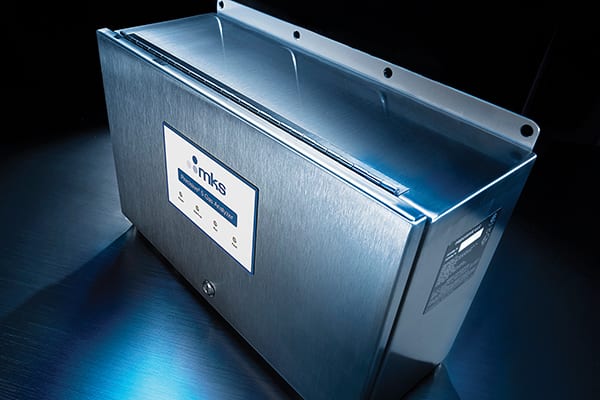
Figure 1. The Precisive 5 Hydrocarbon Composition Analyzer uses a new non-dispersive infrared (NDIR) platform based on tunable filter spectroscopy, enabling complex measurements to be performed with low-cost and rugged NDIR-based instruments MKS
“Users benefit from accurate and realtime information, in addition to significantly lowered costs of operation,” says Saptari. “In some cases, they become the enabling technologies to perform closed-loop control of the process, thus improving product quality and reducing yield and waste.”
When it comes to obtaining gravimetric gas and vapor sorption measurements, which are used for the design and development of gas-separation and purification processes, achieving high accuracy can be a challenge because results can be affected by the way the material is prepared for the measurement, by impurities in the gas or vapor supply and by temperature measurement accuracy and stability, says Darren Broom, product manager with Hiden Isochema Ltd. (Warrington, U.K.; www.hidenisochema.com). “Measurements can also be rather time consuming, particularly if the sorption kinetics — the rate at which the gas or vapor adsorbs — are slow. Therefore, speeding up the process while maintaining high accuracy is one of the most significant challenges for pure-gas sorption measurements. For this reason, chemical engineers require methods of quickly and easily measuring gas and vapor sorption, so increasing sample throughput is highly desirable.”
The company recently introduced the Integral Mass Balance (IMB) method for measuring multi-component gas adsorption, which is featured in the IGA-003-MC gravimetric sorption analyzer (Figure 2). “Measuring multi-component gas adsorption continues to be a challenge, even though such data are critical to the development and design of gas separation and purification processes. The IMB method allows the rapid, accurate measurement of binary gas-adsorption isotherms on relatively small samples of only a few grams,” says Broom.
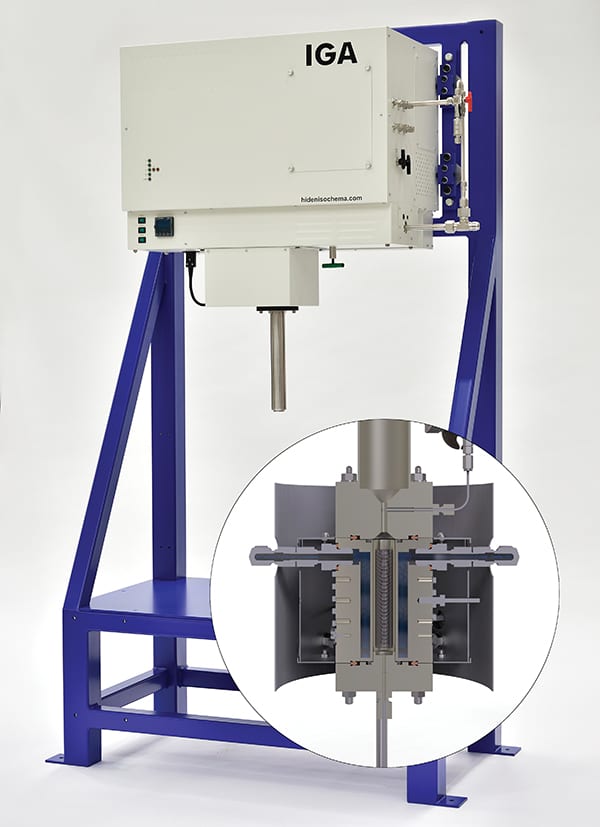
Figure 2. The integral mass balance method (IMB) for measuring multi-component gas adsorption is featured in the IGA-003-MC gravimetric sorption analyzer. The IMB method allows the rapid, accurate measurement of binary gas-adsorption isotherms on relatively small samples of only a few grams Hiden Isochema
There are similar needs for faster, more repeatable results required of equipment such as combustion-based carbon, hydrogen, nitrogen, sulfur and oxygen elemental instruments, macro thermogravimetric analyzers (Macro TGA) and mass spectrometry instruments, says Mason Marsh, organic product manager with LECO Corp. (St. Joseph, Mich.; www.leco.com). “Sample collection and subsequent preparation for the various materials can be a challenge, as the instruments will typically require sample mass from a few tenths of a gram up to one gram. Viscous materials require heating and mixing, while solid materials will require grinding the material to a particle size (typically in the 250µm range),” says Marsh. “Further, users will typically have precision requirements that are specified in terms of repeatability and reproducibility of results tied to specific test methods.”
Macro thermogravimetric analysis can be used to replace the often slow, labor-intensive, traditional manual gravimetric techniques that require multiple sample weighing and transfer steps involving ovens, muffle furnaces and desiccator equipment. So, the company recently released the TGA801 thermogravimetric analyzer (Figure 3), which incorporates state-of-the art hardware with an on-board touch-screen software platform to provide accurate, high-precision thermogravimetric constituent analysis — moisture, ash, volatile content and loss of ignition (LOI) in various organic, inorganic and synthetic materials.
The instrument helps maximize productivity and improve work flow by offering automated thermogravimetric analysis for batches of up to 19 samples, eliminating the handling, transfer and cooling time required of traditional gravimetric methods and optimizing analysis time by using automatic end point recognition based upon sample mass constancy.
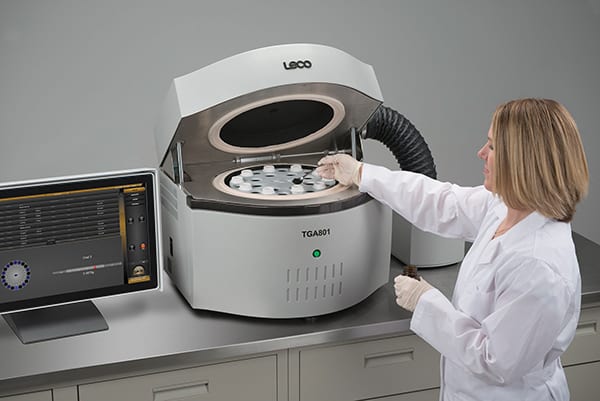
Figure 3. The TGA801 thermogravimetric analyzer provides accurate, high-precision thermogravimetric constituent analysis of various organic, inorganic and synthetic materials LECO
Ease of use
Part of achieving faster, more accurate and repeatable results comes from designing easier-to-use equipment. “Robustness and usability are central to the design of our products, helping users achieve accurate, reliable and reproducible analyses in high-throughput environments,” says Thermo Fisher Scientific’s Hartwell.
Ajay Badhwar, business director, oil-and-gas chemicals with Thermo Fisher Scientific, agrees and adds: “Instrument ease of use and flexibility are key requirements in many analytical laboratories, but this is especially important in the chemical industry, where experiments are not only performed in high-performance R&D laboratories, but also in more challenging QA/QC locations, such as production and storage areas.”
The company’s Orion Star T910 pH Titrator (Figure 4) features a large, color touch-screen display that provides on-screen prompts to guide operators through workflows. Automating manual titrations can help improve testing by simplifying the testing process and delivering accurate and reliable results with less hands-on time required.
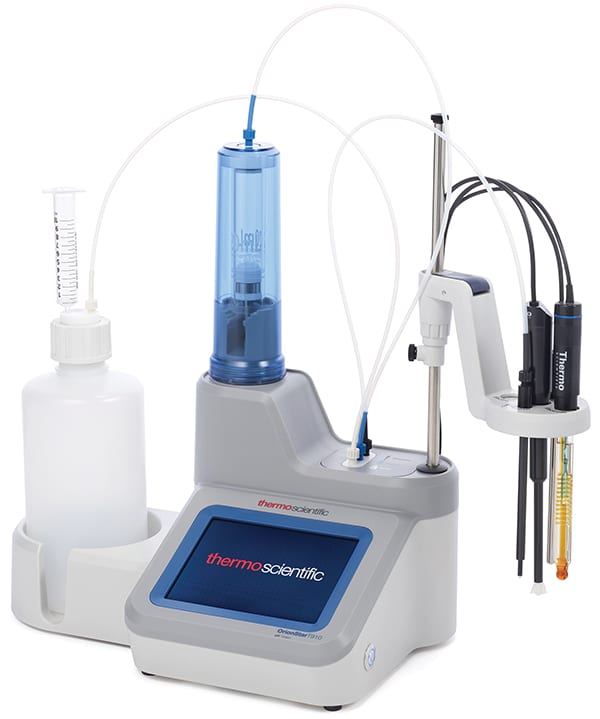
Figure 4. The Orion Star T910 pH Titrator features a large display that provides on-screen prompts to guide operators through workflows Thermo Fisher Scientific
Weighing equipment and balances are also getting a much-needed revamp to make them more user friendly. “Formulations could consist of 30 or more separate components, and the formulation process itself can be labor intensive and require concentration. Even the most skilled technician might spend over an hour and a half preparing certain mixtures,” says a representative with Mettler-Toledo (Columbus, Ohio; www.mt.com). “In addition, to ensure complete trace-ability, information crucial to the process must be recorded, such as the user ID, recipe, name, date and time of preparation, expiration date, batch number, compounds used, quantities required, tolerances and quantities dispensed. This will often take the form of handwritten component labels and laboratory notebook records, in addition to instrument printouts of weights. This process is time-consuming and prone to human error, potentially resulting in formulations having to be repeated.”
Regardless of the laboratory hardware used, there are several factors that can influence the weighing, such as air currents, electrostatic charges and magnetic stirrers. These can give rise to issues such as difficulty taring the balance, drifting and unstable readings, longer settling times and poor weighing accuracy, which may reduce productivity and require formulation to be repeated. Draft shields are often used to protect the weighing pan and the tare container from the influence of air currents, particularly within fume hoods or safety cabinets, but these also have drawbacks.
To make weighing easier and faster, Mettler Toledo offers balances equipped with a SmartPan weighing pan, such as the XPR balance range (Figure 5), which enables precision weighing with the minimum of fuss, even in the presence of air currents. Stabilization times are up to twice as fast, and up to a two-fold improvement in repeatability can be seen. There is no need for a draft shield, even when weighing in a fume hood, making weighing easier and more ergonomic, saving an estimated eight to ten seconds per component weighed.
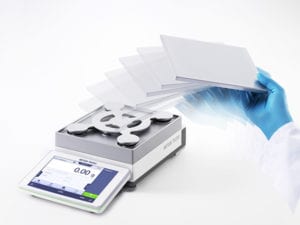
Figure 5. Balances equipped with a SmartPan weighing pan, such as the XPR balance range, enable precision weighing, even in the presence of air currents Mettler-Toledo
Increased capabilities
Another oft-cited instrumentation requirement is doing more analysis within an existing footprint, says Thermo Fisher Scientific’s Badhwar. “It’s not always feasible to build another lab or another central research group, so they often must run instruments harder or find ways to de-bottleneck [laboratory] operations. Additionally, not only are EH&S [environmental, health and safety] requirements changing, but the demands of analytical test methods are also evolving.”
One of the ways this is being addressed is by designing instruments that are capable of performing more functions for higher throughput in the existing laboratory. For example, the Thermo Scientific Vanquish Duo UHPLC system offers two flow paths in a single integrated system to increase throughput and minimize laboratory footprint. The flexibility offered by the system supports tandem liquid chromatography or liquid chromatography mass spectrometry workflows that optimize the use of, and increase return on investment for, detectors and mass spectrometers.
Ametek Brookfield (Middleboro, Mass.; www.brookfieldengineering.com) recently launched its new RSO air bearing oscillatory rheometer, used for studying flow in pumping, mixing, blending, spraying, printing, painting and coating system designs and for gaining knowledge of a product’s viscosity. The advance is that the instrument provides both rotational and oscillatory shear capability with moderate temperature control range in a small footprint. “There are a significant number of simple tests that can be run in stand-alone mode without even needing a computer,” says Dave Moonay, quality engineer — rheologist, with Ametek Brookfield. “This allows a relatively quick, but thorough overview of the sample’s rheological behavior, making it a very useful tool for chemical processors.”
In rotational test mode, the operator may enter torque setting, stress or speed or shear rate. There is also a built-in test mode for viscosity, yield testing, creep recovery and thixotropy. Under oscillatory test mode, there are amplitude sweeps, stress or strain tests, as well as sweeps that will test time dependence. Temperature-dependent tests that look at material behaviors at different temperatures are also possible.
The need to do more with one unit is no different when it comes to particle characterization instruments, says James Pastore, customer application specialist with Microtrac (Montgomeryville, Pa.; www.microtrac.com). The company offers the Sync, a synchronous size and shape particle analyzer (Figure 6) that integrates laser-diffraction technology with dynamic-image analysis technology, allowing users to get particle-size distribution together with particle morphology in a single, easy-to-use graphical user interface.
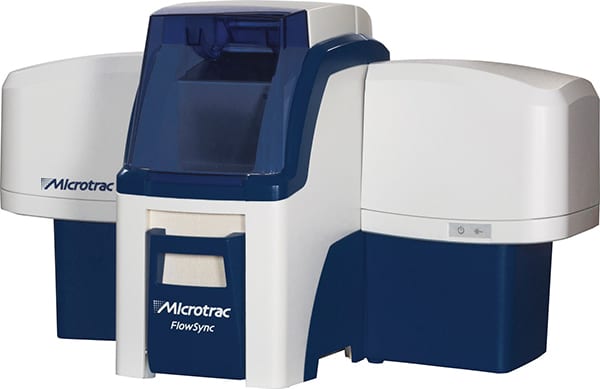
Figure 6. The Sync synchronous size and shape particle analyzer integrates laser diffraction technology with dynamic image analysis technology, allowing users to get particle-size distribution together with particle morphology in a single graphical user interface Microtrac
The Sync interrogates particles, wet or dry, with laser light while simultaneously a high-speed digital camera takes images. The data collected are processed by software and present the user with particle size and shape information from one instrument.